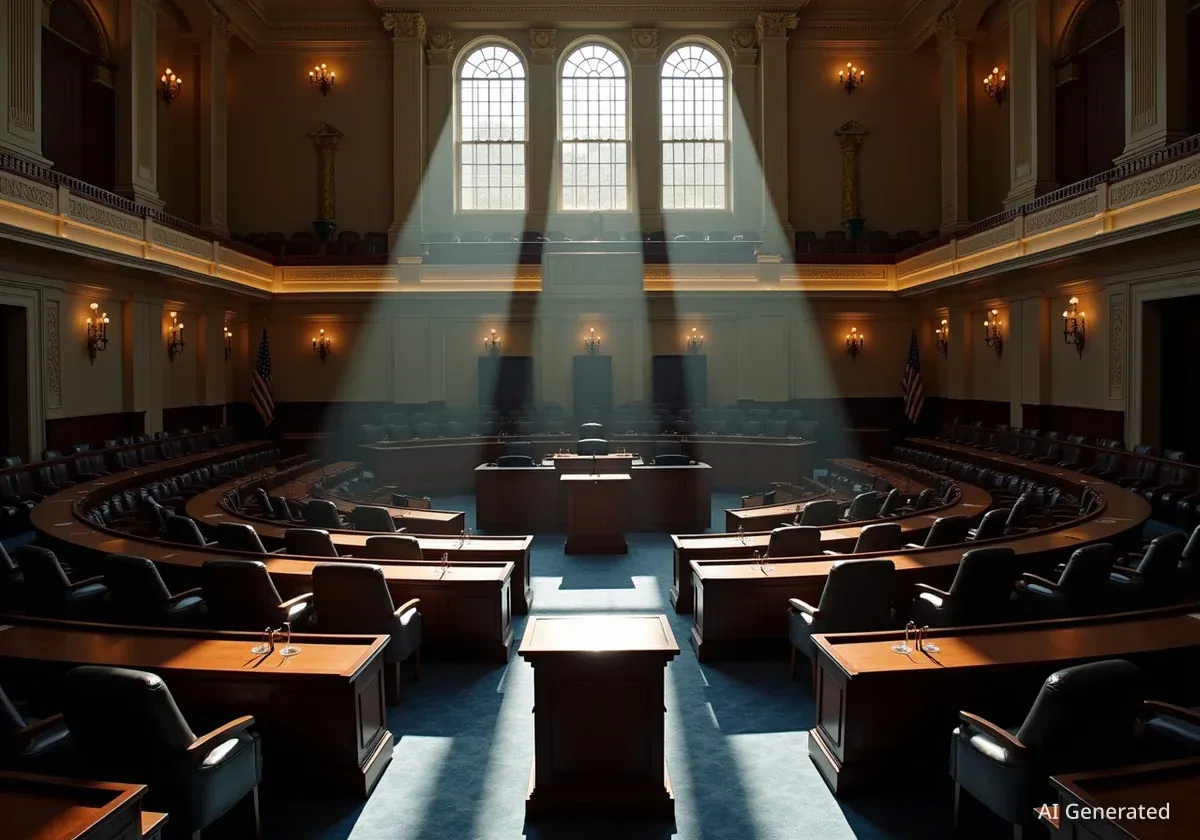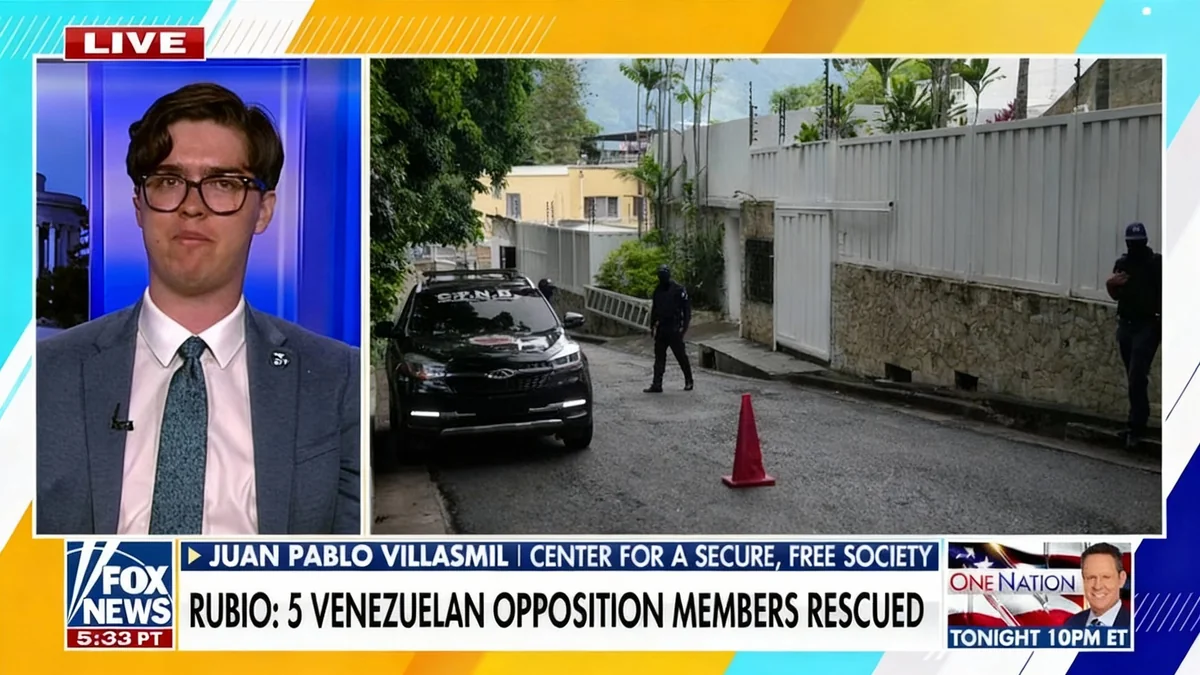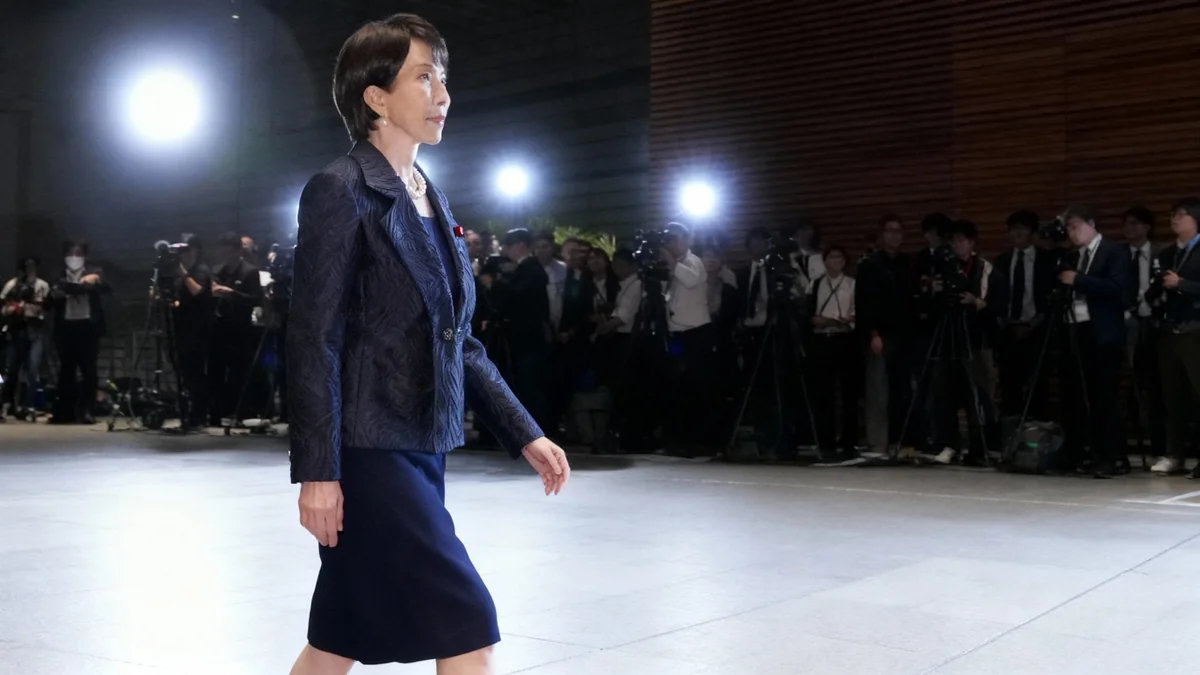A proposal for a new "Trump Gold Card" that would grant U.S. residency for a $1 million fee is facing significant scrutiny from legal experts. Immigration specialists argue the plan is unfeasible and likely illegal, stating that the executive branch does not have the authority to unilaterally create new visa categories or eliminate existing ones without congressional approval.
Key Takeaways
- The proposed "Trump Gold Card" would require a $1 million donation to the U.S. Treasury in exchange for a green card.
- Immigration law experts contend the plan is illegal because only Congress has the authority to create or alter visa programs.
- The proposal aims to replace existing pathways to residency, including the job-creating EB-5 investor visa.
- Critics argue the plan shifts focus from economic investment and job creation to a direct payment to the government, potentially harming U.S. businesses.
The Administration's Proposal
Recent statements from administration officials have brought the Trump Gold Card concept to public attention. U.S. Commerce Secretary Howard Lutnick reportedly suggested the government was considering the suspension of all other green card categories, positioning the Gold Card as the exclusive route to permanent U.S. residency.
The visa officially launched with a price of $1 million, a figure that is reportedly 80% lower than an initially floated $5 million price tag. Some analysts interpret this significant price reduction as a potential indicator of low initial interest or demand for such a program.
Management by Commerce Department Questioned
Experts have noted the unusual decision to have the Commerce Department, rather than the Department of Homeland Security (DHS) or U.S. Citizenship and Immigration Services (USCIS), manage the proposed visa. Jorge Loweree of the American Immigration Council speculated this could indicate internal resistance from agencies that typically handle immigration matters due to legal concerns.
Legal and Legislative Obstacles
The central argument against the Gold Card's viability is its conflict with established U.S. law. Immigration policy is determined by the legislative branch, and experts are unified in their assessment that a president cannot create a new visa program by executive order.
"Congress writes the rules on visas and the president can't just snap his fingers and change the rules," Julia Gelatt, associate director of the U.S. Immigration Policy Program at the Migration Policy Institute, told Forbes.
This sentiment is shared across the legal community. Attorneys from the law firm Ogletree Deakins wrote in the National Law Review that it remains unclear whether existing programs could be replaced through executive action. The consensus is that any attempt to implement the Gold Card would face immediate and substantial legal challenges in court.
Uncertain Timeline
Recent comments from Joseph Edlow, the director of USCIS, suggest the program is far from ready. He stated, "We at the department will ensure that if a Gold Card does come to fruition, that there will be sufficient vetting and screening for any applicant." The use of "if" indicates the program's implementation is not yet certain.
Comparison with the Existing EB-5 Visa
A key point of contention is how the proposed Gold Card differs from the current EB-5 Immigrant Investor Program. While both involve significant financial outlays, their structures and economic impacts are fundamentally different.
The EB-5 Program: Investment and Job Creation
The EB-5 visa has been a part of U.S. immigration law for decades. It requires foreign nationals to make a substantial investment in a U.S. commercial enterprise. The key features include:
- Investment Amount: Typically between $800,000 and $1.05 million, depending on the project's location.
- Job Creation: The investment must create or preserve at least 10 full-time jobs for U.S. workers.
- Economic Benefit: The funds directly support American businesses, including projects like hotels, hospitals, and infrastructure development.
The money is not a payment to the government but an at-risk investment intended to stimulate the U.S. economy.
The Gold Card: A Direct Donation
In contrast, the Trump Gold Card would require a flat $1 million donation made directly to the U.S. Treasury. This model abandons the investment and job-creation requirements of the EB-5 program.
Nuri Katz, founder of Apex Capital Partners, a firm specializing in investment immigration, criticized this shift. "Now what the government is saying is ‘we don't care about you business people. We don't care about job creation. We just want the money put into the Treasury,'" Katz explained. He warned that cutting off EB-5 funding could cause important development projects across the country to fail, leading to bankrupt businesses and job losses.
Criticism from Policy Experts and Lawmakers
The proposal has drawn sharp criticism regarding its economic rationale and ethical implications. Jorge Loweree of the American Immigration Council dismissed the administration's claim that the program is designed to reduce the federal debt.
"The idea that they’re concerned about the debt when they just championed and pushed through the Big, Beautiful Bill Act that's projected to increase the debt by over $3 trillion is ridiculous," Loweree stated. He described the proposal as an effort to create a "pay-to-play scheme" that favors the wealthy over the traditional immigration priorities of family reunification and skilled labor.
The plan has also faced political opposition. U.S. Senator Dick Durbin, a ranking member of the Senate Judiciary Committee, issued a strong condemnation.
"Instead of creating policies that help American businesses and families, President Trump is rolling out the welcome mat for Russian oligarchs and cartel bosses," Durbin said in a statement.
As the debate continues, the future of the Trump Gold Card remains highly uncertain. With significant legal hurdles and strong opposition from various sectors, its path to becoming a reality appears blocked by the fundamental structure of U.S. law.





